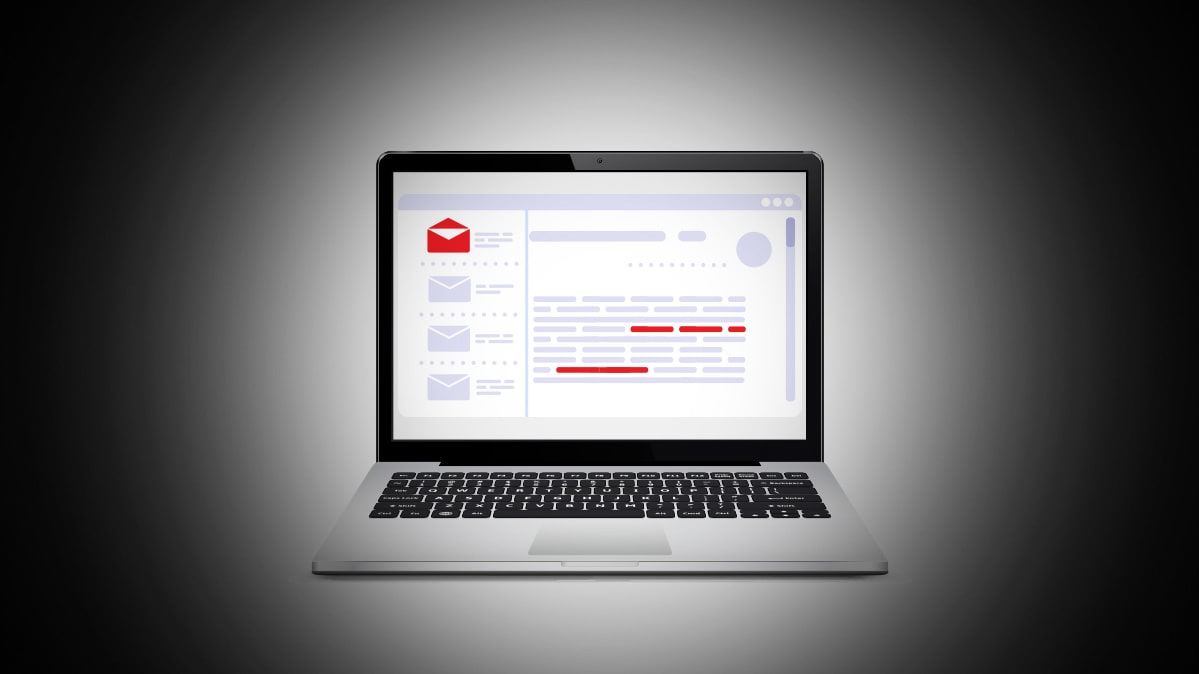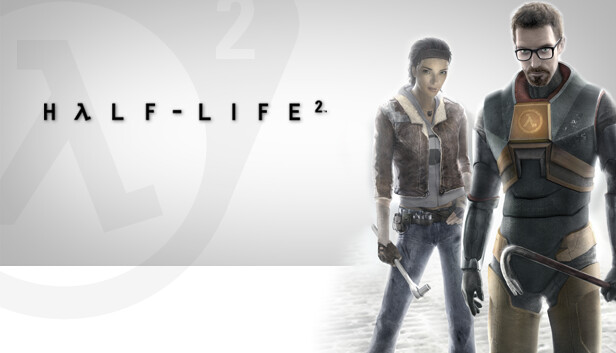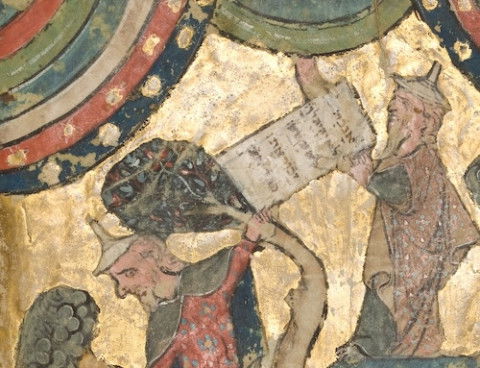
Phishing emails increasingly use SVG attachments to evade detection
Threat actors increasingly use Scalable Vector Graphics (SVG) attachments to display phishing forms or deploy malware while evading detection.
Most images on the web are JPG or PNG files, which are made of grids of tiny squares called pixels. Each pixel has a specific color value, and together, these pixels form the entire image.
SVG, or Scalable Vector Graphics, displays images differently, as instead of using pixels, the images are created through lines, shapes, and text described in textual mathematical formulas in the code.
As these are vector images, they automatically resize without losing any loss to image quality or the shape, making them ideal for use in browser applications that may have different resolutions.
The use of SVG attachments in phishing campaigns is nothing new, with BleepingComputer reporting about their usage in previous Qbot malware campaigns and as a way to hide malicious scripts.
However, threat actors are increasingly using SVG files in their phishing campaigns according to security researcher MalwareHunterTeam, who shared recent samples [1, 2] with BleepingComputer.




















